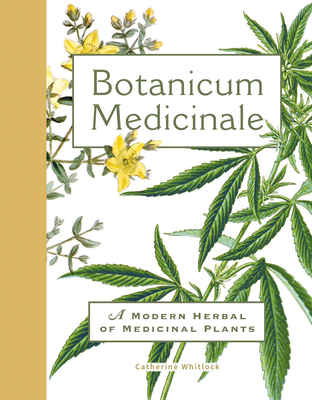Expedite your nonfiction book discovery process with Readara interviews, summaries and recommendations, Broaden your knowledge and gain insights from leading experts and scholars
In-depth, hour-long interviews with notable nonfiction authors, Gain new perspectives and ideas from the writer’s expertise and research, Valuable resource for readers and researchers
Optimize your book discovery process, Four-to eight-page summaries prepared by subject matter experts, Quickly review the book’s central messages and range of content
Books are handpicked covering a wide range of important categories and topics, Selected authors are subject experts, field professionals, or distinguished academics
Our editorial team includes books offering insights, unique views and researched-narratives in categories, Trade shows and book fairs, Book signings and in person author talks,Webinars and online events
Connect with editors and designers,Discover PR & marketing services providers, Source printers and related service providers

Botanicum Medicinale: A Modern Herbal of Medicinal Plants
Science > Life Sciences - Botany
- MIT Press
- Hardcover
- 9780262044479
- 9.9 X 7.7 X 0.9 inches
- 1.9 pounds
- Science > Life Sciences - Botany
- (Single Author) Asian American
- English
Readara.com
Book Description
Remedies derived from plants are the world's oldest medicines. Used extensively in China, India, and many African countries, herbal medicine has become increasingly popular in the West along with other holistic and alternative therapies. Botanicum Medicinale offers a modern guide to 100 medicinal plants, featuring beautiful, full-color botanical illustrations and informative, engaging text.
Each entry describes the plant's classification and habitat, traditional and current medicinal uses, and an interesting fact or two. Readers will learn, for example, that absinthe, the highly alcoholic, vividly green potable, was traditionally flavored with bitter wormwood (Artemesia absinthium); that cannabis may have been used by Queen Victoria for menstrual pain; and that willow bark contains a chemical similar to aspirin. Detailed and striking artwork depicts each plant. The entries are arranged alphabetically--from Adonis vernalis (a perennial in the buttercup family) to Vinca minor (also known as the common periwinkle). The 100 plants featured in the book all have a long history of medicinal use or are the subject of new medical research. Many treat a range of conditions, from insomnia to indigestion. Some plants are lovely enough to be in a bridal bouquet; others are considered weeds. Cross-reference features at the end of the book connect specific medical conditions and the plants used to treat them.
Author Bio
My background is in biomedical research. With a BSc (Hons) in Biological Sciences and a PhD in Immunology (Imperial College, London University), I spent ten happy and productive years in London labs. Here, I explored the immune response in two autoimmune diseases: Goodpasture’s disease, a rare kidney disorder, and rheumatoid arthritis.
Researching novel therapies for rheumatoid arthritis overlapped with another research project: studying how cells of the immune system travel round the body and locate their targets.
This journey, combined with teaching roles at Kings College London, New York University (NYU London) and the meetings company EuroSciCon, led me to my current career as a science communicator.
After gaining a Diploma in Science Communication (Birkbeck College, London University: Distinction), I now work freelance as a science writer and author. I am a member of the Association of British Science Writers, the Royal Society of Biology and the British Society for Immunology.
Based in Kent, UK, I write about science, medicine and nature.
Source: Catherinewhitlock.co.uk
Videos


Community reviews
No Community reviews

